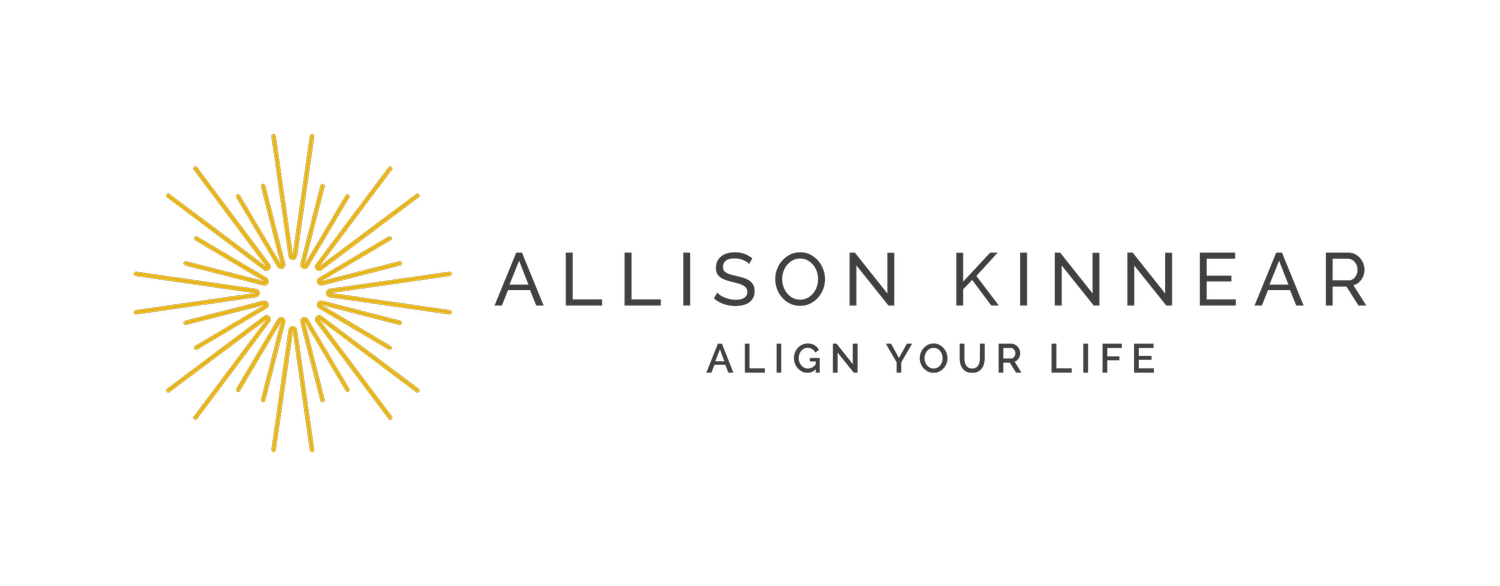Venn Diagram of Debilitating Doubt
I talk about impostor syndrome. As a result, folks come to me because they are suffering from some kind of debilitating doubt.
It usually shows up in the form of questioning their choices and/or abilities. They stay up at night wondering if they did or said the right thing. They are terrified that the other shoe is going to drop, and it will be their fault. They fear they will make a mistake, and that is the worst thing someone can do.
Usually, some simple tools can help ease the most exhausting ruminations, and the client can find some necessary reprieve almost immediately. While people come to me because of the debilitating doubt, the source of that doubt can originate from very different places.
My role is not to make assumptions but to ask questions to reveal what is underneath the impostor feelings. The source of the doubt is often very hard to see, and most people are blinded to their realities.
This process of discovery can lead to an, often-reluctant, realization that there is someone in the client's life who is harming them. The other person may be a spouse, colleague, or family member. Occasionally it is a field or profession.
There is a terror of losing this relationship. Who will I be if I don't have this?
Venn Diagram showing the intersection of Impostor Syndrome and a toxic entity
People are worried that their work with a coach or helping professional will make them choose: stay with the person or leave them forever. This is a false choice and one that no helping professional can or should make.
The role of the coach is to help the client become aware, and offer tools to deal with the challenges they face, no matter if the client stays or goes.
Regardless of the source of their impostor feelings, the goals remain the same: to build courage, stand in integrity, and mindfully take action.
When stress is reduced, one can respond instead of react.
When self-doubt is diminished, one can trust their inner voice and their resiliency.
When mistakes are made, one can take a deep breath, acknowledge the pain, and keep moving forward.
This happens over and over again. Slowly trusting oneself, slowly caring for one's humanity, slowly turning inward toward one's inner wisdom, no matter what.
